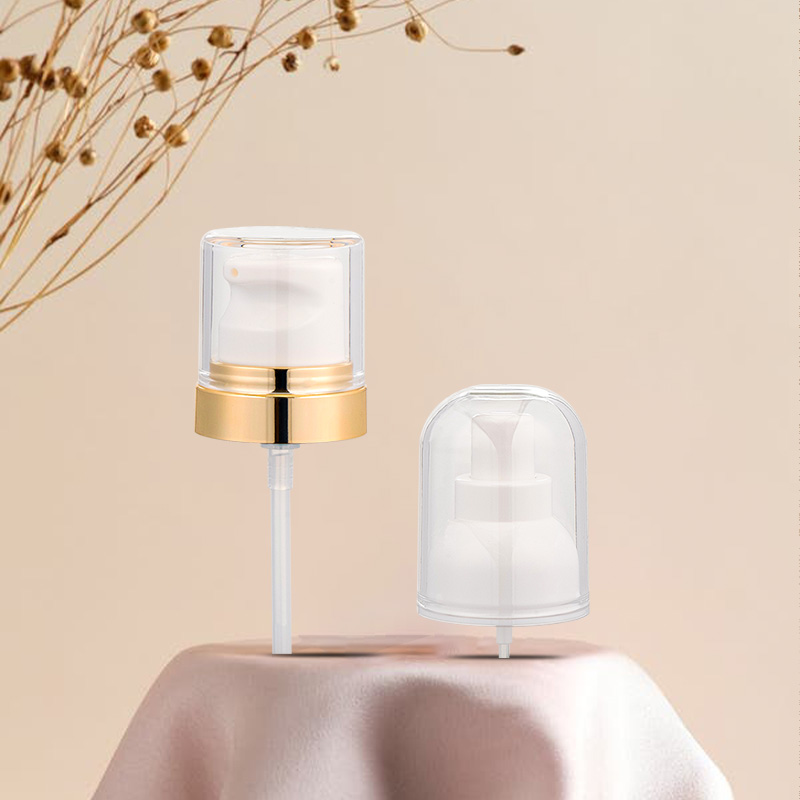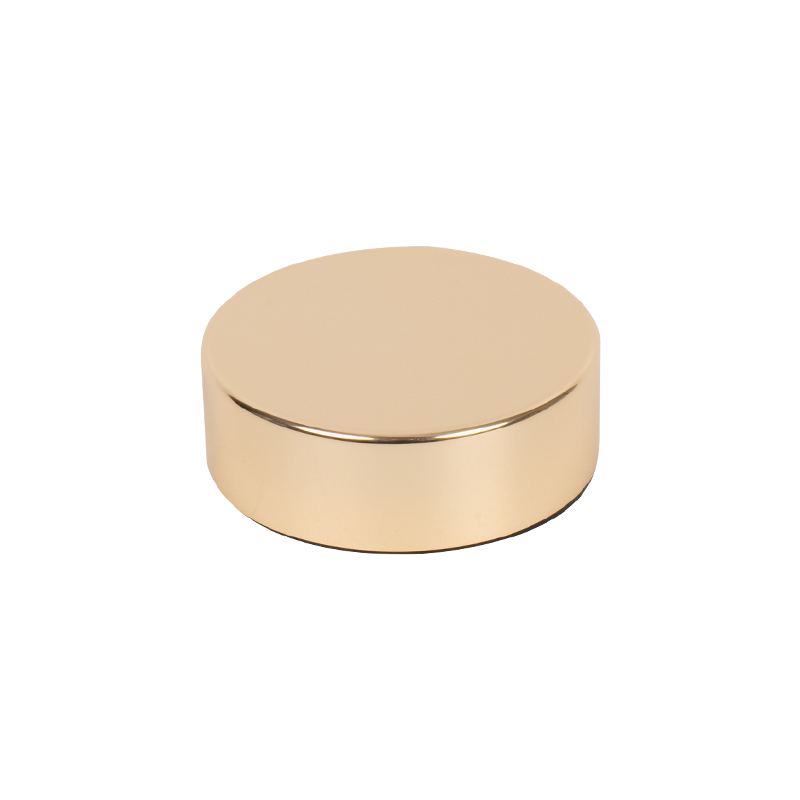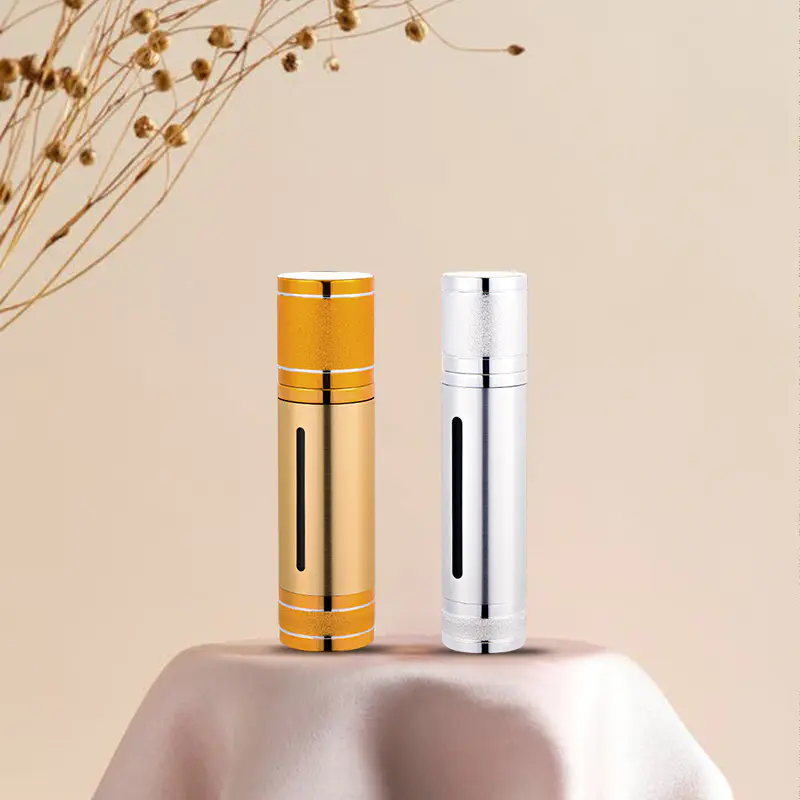Electrochemical Aluminum Mist Spray Pump

The design principle of the Plastic Spray Pump is mainly based on the comprehensive application of fluid dynamics and mechanical structure design, aiming to spray the liquid in a uniform and stable manner. This pump is widely used in many fields such as agriculture, industry, environmental protection and daily life. Its design is exquisite and efficient, ensuring the effective spraying of the liquid and the convenience of use.
Design principle
The design principle of the plastic spray pump mainly includes the following key parts:
Pump body structure design: The pump body is usually made of lightweight and strong plastic material, which is not only corrosion-resistant and wear-resistant, but also has good insulation and processability. The pump body is designed with a water inlet, a water outlet, a pressure chamber and a mechanical structure for generating a spray force.
Water suction and pressurization mechanism: The spray pump sucks the liquid from the liquid storage container into the pump body through some form of water suction mechanism (such as a diaphragm pump or a piston pump). Subsequently, the liquid is compressed by a mechanical structure (such as the reciprocating motion of the piston or the deformation of the diaphragm) to increase its internal pressure. As the pressure increases, the liquid is pushed into the pressure chamber of the pump body.
Nozzle design: The nozzle is a key component in the spray pump, and its design directly affects the uniformity and stability of the spray. The nozzle is usually designed with tiny channels or holes inside. When the high-pressure liquid passes through these holes, it will quickly expand and disperse into fine droplets to form a spray. The shape, size, arrangement and material selection of the nozzle are carefully designed to ensure the best spray effect.
Pressure and flow control: In order to ensure that the liquid can be sprayed evenly and stably, the spray pump is usually equipped with a pressure and flow control mechanism. These mechanisms can achieve precise control of liquid pressure and flow by adjusting the mechanical structure inside the pump body (such as changing the stroke of the piston or adjusting the tension of the diaphragm). In addition, some advanced spray pumps also use electronic control systems to achieve automatic control through components such as sensors and regulating valves.
Measures to ensure uniform and stable spraying of liquid
Reasonable nozzle design: As mentioned earlier, the design of the nozzle is crucial to the uniformity and stability of the spray. By optimizing the shape, size, arrangement and material selection of the nozzle, it can be ensured that the high-pressure liquid can be evenly dispersed into fine droplets when passing through the nozzle, and the drifting and aggregation of droplets can be reduced.
Precise pressure and flow control: The pressure and flow control mechanism inside the spray pump is the key to achieving uniform and stable liquid spraying. By accurately adjusting the mechanical structure inside the pump body or using an electronic control system to monitor and adjust the pressure and flow in real time, it can be ensured that the spray pump can maintain stable spray performance under different working conditions.
Regular maintenance and care: In order to ensure the long-term stable operation of the spray pump and the durability of the spray effect, it is necessary to regularly clean and maintain the pump body, nozzle and other parts. In particular, the nozzle part, because it is often in contact with the liquid and is prone to clogging or wear, it is necessary to regularly check and clean it to ensure that it is unobstructed.
Choose the right liquid: Different spray pumps are suitable for different types of liquids. Therefore, when using the spray pump, it is necessary to select the right liquid according to actual needs, and avoid using liquids that are incompatible with the pump body or nozzle materials. This can reduce the risk of unstable spraying or damage to the equipment due to differences in liquid properties.


What are the impacts of environmental protection regulations on the cosmetic plastic cap industry?

How does the All-Plastic Airless Bottle packaging design ensure the freshness and stability of the product in the bottle?
News Categories
Recent Posts


Dec 17,2025

Dec 10,2025